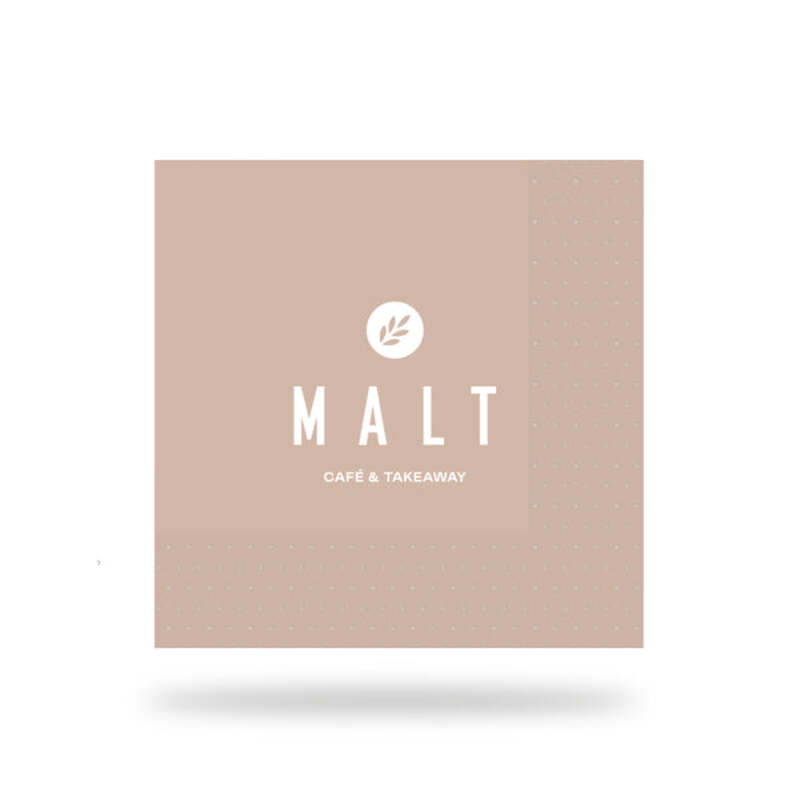The Evolution and Importance of Wine Packaging
Wine packaging is a vital aspect of the wine industry that often goes unnoticed. While many consumers focus primarily on the quality and taste of the wine within the bottle, the packaging plays an equally crucial role in shaping their perceptions and influencing their purchasing decisions. This article explores the evolution of wine packaging, the various materials used, and the emerging trends that highlight its importance in today's market.
Historical Perspective
The history of wine packaging can be traced back thousands of years. Ancient civilizations stored wine in clay amphorae, a type of ceramic vessel that played a significant role in the transportation and preservation of the beverage. With the advent of glassblowing techniques in the Roman Empire, glass bottles began to emerge as a popular choice for wine storage. The proliferation of glass bottles marked a significant turning point in wine packaging, as they not only improved the preservation of wine but also facilitated better marketing and branding opportunities.
Materials Used in Wine Packaging
Today, wine packaging encompasses a variety of materials, each with its unique benefits. The most common packaging options include
1. Glass Bottles Glass remains the most traditional and widely used material for wine packaging. It provides an airtight seal, protects the wine from external elements, and allows consumers to view the product. Additionally, glass can be recycled, making it an environmentally friendly option.
2. Cans In recent years, wine in cans has gained popularity. This packaging option is lightweight, portable, and less susceptible to breakage. Canned wine appeals to younger consumers who value convenience and eco-friendliness. Moreover, cans can be easily recycled and often have a lower carbon footprint compared to glass bottles.
3. Boxed Wine Also known as bag-in-box wine, this packaging format has become increasingly popular for its practicality. The bag inside the box keeps air out, preventing oxidation and extending the wine's shelf life. Boxed wine is also a cost-effective solution for consumers seeking larger quantities.
wine packaging

4. Tetra Pak Tetra Pak technology, typically associated with juice and dairy products, is now being utilized in the wine industry. This packaging option provides a lightweight and unbreakable alternative, while also being easy to store. Its aseptic properties help preserve the wine's freshness without the need for preservatives.
The Role of Packaging in Branding
In a saturated market, the visual appeal of wine packaging can significantly influence consumer choice. Effective branding through packaging design can attract attention and convey the essence of the wine. Designers meticulously choose colors, typography, and imagery to evoke emotions and create a story around the product.
For instance, elegance and sophistication are often communicated through classic black and gold labels, while playful and vibrant designs may appeal to younger consumers looking for a fun experience. Unique bottle shapes or closures can also serve to distinguish a brand from its competitors. As sustainability becomes a priority for many consumers, eco-friendly packaging options are gaining traction, further enhancing a brand's appeal.
Emerging Trends in Wine Packaging
The wine industry is currently experiencing a shift towards more sustainable and innovative packaging solutions. Many wineries are adopting eco-friendly practices by using recycled materials, lighter bottles, and biodegradable packaging options. Consumers are increasingly conscious of their environmental impact, making sustainability a key factor in their purchasing decisions.
Moreover, technology is playing an essential role in the evolution of wine packaging. Smart labels equipped with QR codes allow consumers to access information about the wine, including its origin, tasting notes, and food pairings. This not only enhances the consumer experience but also fosters a deeper connection between the brand and its audience.
Conclusion
Wine packaging is an integral component of the wine industry, influencing consumer perceptions and choices while reflecting broader trends in sustainability and innovation. As the market continues to evolve, the importance of thoughtful packaging design will only grow, shaping the future of how wine is presented and enjoyed around the world. Whether in glass, cans, boxes, or sustainable formats, wine packaging will remain a key player in the ongoing narrative of this ancient and beloved beverage.



